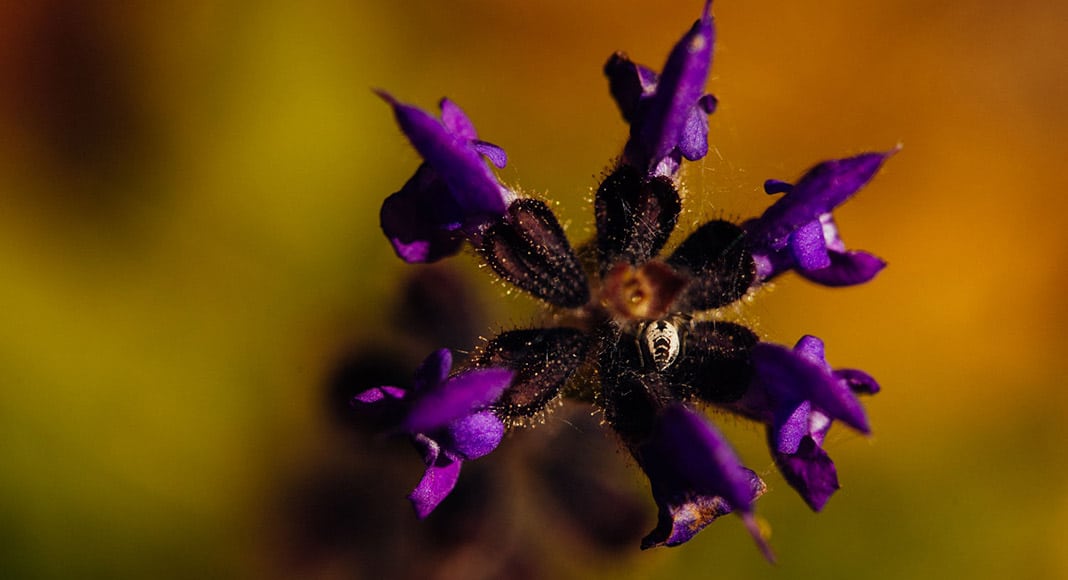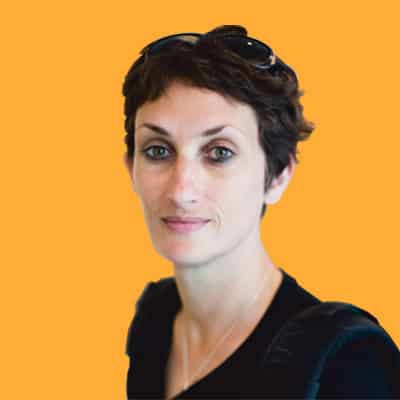Use a macro lens for a new level of awareness
Local photographer Emma Jervis took time out to discuss the simple pleasures found in taking macro photography for a meditative walk on the Algarve’s wild side.
It seems Nature’s got her watercolours out and is inviting botanists and photographers alike to look closer. Wildflowers are blooming in abundance, their colours daub the landscape with feint pinks, vivid violets, and luminescent hues. Getting close up, you notice the detail within the delicate petals and the life that’s happening at the macro level.
When Emma goes out for a walk with her camera, she says: “I look at the big picture, not just the subject that’s in front of me. I’m a light gauge; I’m looking at the composition of light and shade, form and that insubstantial magical quality that makes a photograph pop. Normally, I shoot much larger subjects, but I recently did something different. Every day, when I take the dogs for a walk, I thrash through the same fields close to my house and come home with wildflowers that I put in a vase, but they don’t last long. With time on my hands, I decided to get out and enjoy the same flowers with my 100mm macro lens.”
A macro lens allows a photographer to capture the intricate detail of a subject from close-up. It requires a steady hand or a tripod to keep the camera still to avoid any judder or blur.
Emma explains her process. “As I walked through the familiar terrain, hacking through the long grass, I was in a different frame of mind. I was paying attention to the detail. A spot of colour lured me closer.
Settling down, I pulled focus on the flower’s details and remembered how hard it is to focus in the macro setting because you’re so close to the subject. Just a little bit of movement makes the flowers blur.”
Photography refers to capturing light, so the time of day you choose will affect the quality of the pictures you take because light changes as the sun’s relationship to the earth changes. Emma explains how she went against her preferred time for shooting for the featured photographs.
“Normally, I wouldn’t shoot in bright mid-morning light, but the quality of strong light enhanced the shadows. With the petals glowing in the sun’s light, the vivid splashes of colour contrasted with the shadowy leaves. The form of each small flower became crystal clear then abstract as I focused on the edges where the light fell, highlighting the curious shapes these amazing flowers take. You can see why Gaudi turned to Nature for inspiration. The shapes and colours are phenomenal.
“As I knelt amongst the flowers and looked deeper, as I paid more attention, more detail came to light.
The life within the plants, the miniature spider nested down under its fine web, the insect life within the petals. The sun upon my back. The light dancing before my eyes. Nature’s vivid palette striking my lens. How often do we stop and absorb so completely what’s before us?”
To put into practice some of what Emma’s discussed, you don’t need an expensive camera to start. Many phones offer a macro setting option or choosing the ‘food’ setting will ensure your camera also picks up the finer details of your botanical subjects.
By Anna Loewy
Photos: EMMA JERVIS
Wild spring flowers Algarve photographed by Emma Jervis Photography
Wild spring flowers Algarve photographed by Emma Jervis Photography
Wild spring flowers Algarve photographed by Emma Jervis Photography
Wild spring flowers Algarve photographed by Emma Jervis Photography
Wild spring flowers Algarve photographed by Emma Jervis Photography
Wild spring flowers Algarve photographed by Emma Jervis Photography

























